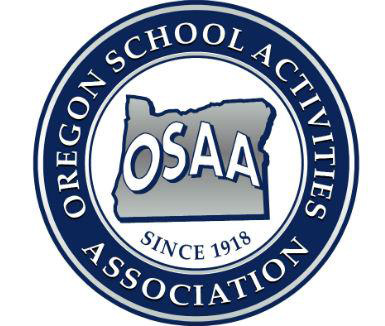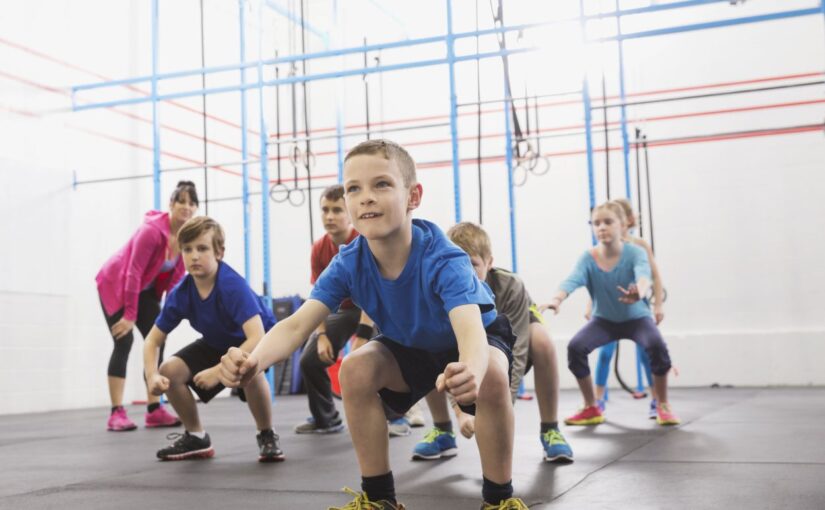Coaches Pleased With New NCAA Contact Rules
http://www.omaha.com/article/20120604/BLUEJAYS/706049879/1001#new-contact-rules-a-long-time-coming
It’s a rule change that almost makes too much sense.For years, Division I basketball players would return to campus for the summer to take classes, work on their conditioning and play pickup games.
That was fine, as long as their coaches had nothing to do with it. NCAA rules prohibited them from having contact with the players during the summer.
“People would ask how our guys were doing in the summer, ” said Derrin Hansen, the University of Nebraska at Omaha coach. “They didn’t understand that from the week before finals until they came back to school in the fall that we couldn’t touch them.”
That changes this summer. The NCAA will allow organized contact between coaches and players for eight hours a week during an eight-week period. Two of those hours can be spent in organized, on-court activities.
While 16 hours of practice time might not seem like much, the state’s three Division I coaches see it as a positive step forward.
“It’s a change that was a long time coming, ” Nebraska coach Tim Miles said. “I think it was a necessary and important change. It will give coaches more opportunities to connect with their players.”
Creighton coach Greg McDermott sees a rash of players seeking transfers this spring — more than 400 asked for scholarship releases — partly attributable to restrictions that were placed on coaches during the summer months.
“We have young people make a decision to attend a certain university, and then once they get to the summer, they can’t spend any time with their coaches, ” McDermott said. “I’d argue the inability to develop relationships once you get to campus contributes to the high number of transfers we’re seeing.”
The National Association of Basketball Coaches had been pushing for the rule change the past several seasons, McDermott said. The delay in getting it implemented might have been tied to fears of coaches having too much contact.
“I’m sure that’s why the powers-that-be were hesitant to allow an inch because some people will try to take a mile, ” McDermott said. “The reality of it is that you just have to be smart about it.
“We can get done what we need to get done in the two hours.”
In the past, players were allowed to train with their school’s strength and conditioning personnel for eight hours a week during the summer, but coaches could have no contact during that period. The weight work was “voluntary.”
Now, the two hours of on-court instruction have reduced the weight-room time to six hours per week. Coaches will have to file paperwork documenting the activity, just as they must during the school year.
How the coaches at Creighton, Nebraska and UNO plan to implement the on-court time will vary.
Miles, who took over the Husker program in late March, plans to focus on team sessions.
“In a different year, we might spend more time on skill work for individual players, ” Miles said. “But we’re in kind of a unique situation this first year. We want to try to acclimate our players to our system, and we need to acclimate ourselves to them.
“We’ll do more team work than we’d ordinarily do. We need to take advantage of the opportunity to work with them in more of a team scheme this first year.”
UNO’s Hansen doesn’t expect to have all of his players available for the summer, so the Mavericks probably will spend more time working on skill development in small groups.
“We might get a wild hair one week and do some team stuff so everything is not new to everybody in the fall, ” Hansen said. “But I think most of the work will be done in groups of two and three.”
McDermott returns nine of 10 players from the regular rotation he used in getting Creighton to the NCAA tournament last season. Those players, along with a couple of redshirt freshmen and two incoming freshmen, will get a mix of team and individual work.
“Our plan is to get one team workout per week, ” McDermott said. “We might go one session of 40 minutes. The other time will be spent in small groups dictated by schedules, facility availability, those kind of things.
“I think our guys are excited about the opportunity. Any time you can have organized instruction, it’s going to be better for everybody.”
One benefit the three coaches see in the rule change is the chance to build relationships with their players.
“One of the best times to communicate with players is when we get them on the floor and have a chance to work with them, ” Miles said. “This will give us a chance to connect, and I think that’s going to be really huge.”
Coaches Pleased With New NCAA Contact Rules
Omaha World-Herald
http://www.omaha.com/article/20120604/BLUEJAYS/706049879/1001#new-contact-rules-a-long-time-coming
It’s a rule change that almost makes too much sense.
For years, Division I basketball players would return to campus for the summer to take classes, work on their conditioning and play pickup games.
That was fine, as long as their coaches had nothing to do with it. NCAA rules prohibited them from having contact with the players during the summer.
“People would ask how our guys were doing in the summer, ” said Derrin Hansen, the University of Nebraska at Omaha coach. “They didn’t understand that from the week before finals until they came back to school in the fall that we couldn’t touch them.”
That changes this summer. The NCAA will allow organized contact between coaches and players for eight hours a week during an eight-week period. Two of those hours can be spent in organized, on-court activities.
While 16 hours of practice time might not seem like much, the state’s three Division I coaches see it as a positive step forward.
“It’s a change that was a long time coming, ” Nebraska coach Tim Miles said. “I think it was a necessary and important change. It will give coaches more opportunities to connect with their players.”
Creighton coach Greg McDermott sees a rash of players seeking transfers this spring — more than 400 asked for scholarship releases — partly attributable to restrictions that were placed on coaches during the summer months.
“We have young people make a decision to attend a certain university, and then once they get to the summer, they can’t spend any time with their coaches, ” McDermott said. “I’d argue the inability to develop relationships once you get to campus contributes to the high number of transfers we’re seeing.”
The National Association of Basketball Coaches had been pushing for the rule change the past several seasons, McDermott said. The delay in getting it implemented might have been tied to fears of coaches having too much contact.
“I’m sure that’s why the powers-that-be were hesitant to allow an inch because some people will try to take a mile, ” McDermott said. “The reality of it is that you just have to be smart about it.
“We can get done what we need to get done in the two hours.”
In the past, players were allowed to train with their school’s strength and conditioning personnel for eight hours a week during the summer, but coaches could have no contact during that period. The weight work was “voluntary.”
Now, the two hours of on-court instruction have reduced the weight-room time to six hours per week. Coaches will have to file paperwork documenting the activity, just as they must during the school year.
How the coaches at Creighton, Nebraska and UNO plan to implement the on-court time will vary.
Miles, who took over the Husker program in late March, plans to focus on team sessions.
“In a different year, we might spend more time on skill work for individual players, ” Miles said. “But we’re in kind of a unique situation this first year. We want to try to acclimate our players to our system, and we need to acclimate ourselves to them.
“We’ll do more team work than we’d ordinarily do. We need to take advantage of the opportunity to work with them in more of a team scheme this first year.”
UNO’s Hansen doesn’t expect to have all of his players available for the summer, so the Mavericks probably will spend more time working on skill development in small groups.
“We might get a wild hair one week and do some team stuff so everything is not new to everybody in the fall, ” Hansen said. “But I think most of the work will be done in groups of two and three.”
McDermott returns nine of 10 players from the regular rotation he used in getting Creighton to the NCAA tournament last season. Those players, along with a couple of redshirt freshmen and two incoming freshmen, will get a mix of team and individual work.
“Our plan is to get one team workout per week, ” McDermott said. “We might go one session of 40 minutes. The other time will be spent in small groups dictated by schedules, facility availability, those kind of things.
“I think our guys are excited about the opportunity. Any time you can have organized instruction, it’s going to be better for everybody.”
One benefit the three coaches see in the rule change is the chance to build relationships with their players.
“One of the best times to communicate with players is when we get them on the floor and have a chance to work with them, ” Miles said. “This will give us a chance to connect, and I think that’s going to be really huge.”












